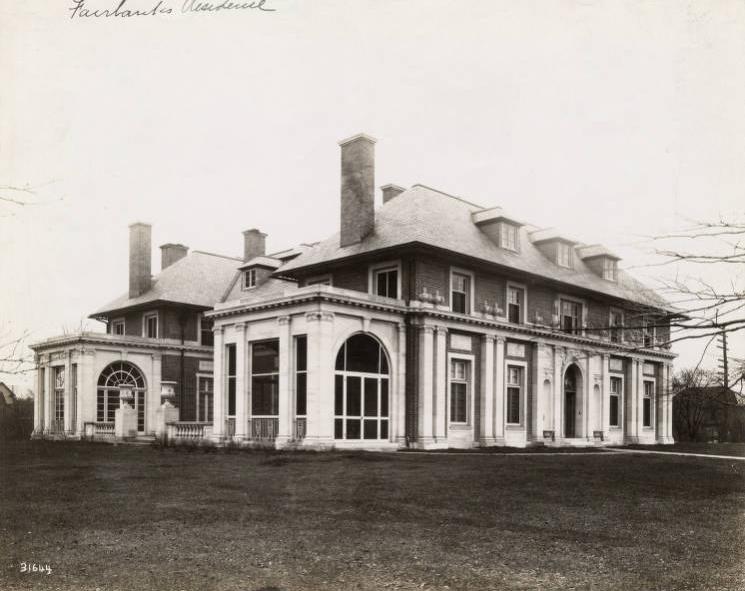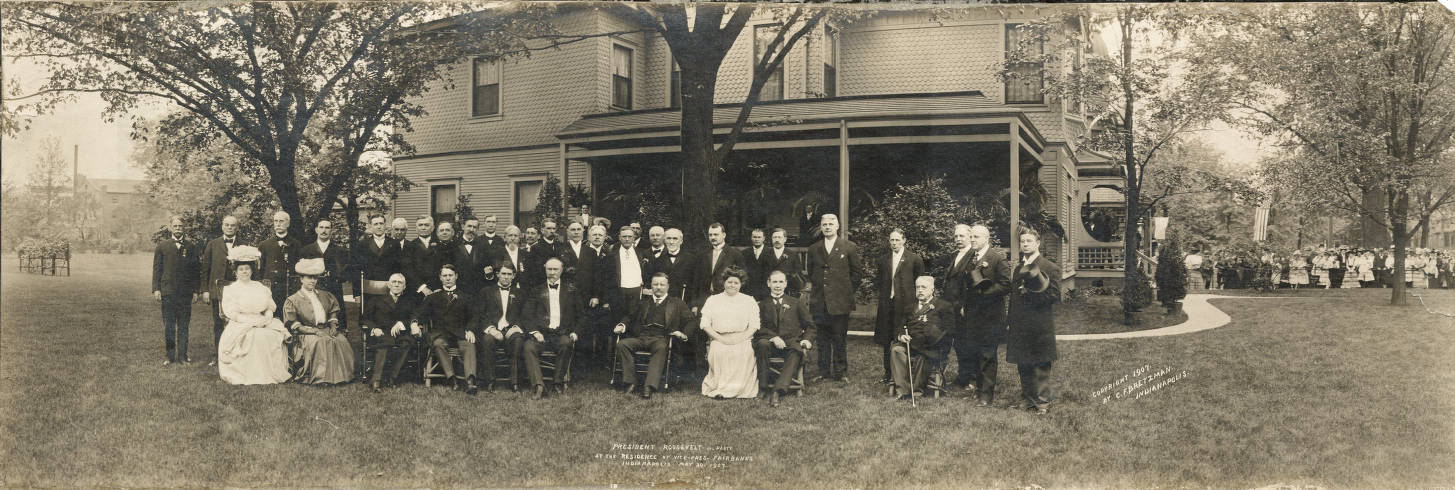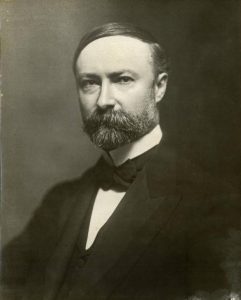(May 11, 1852-June 4, 1918). Attorney, state Republican leader, and vice president of the United States, 1905-1909, Charles Warren Fairbanks was born in Unionville Center, Ohio. He grew up in a strict farming family. After graduating from Ohio Wesleyan University in 1872, he worked as a reporter for the Western Associated Press before moving to Indianapolis in 1874 as an attorney for the Indianapolis, Bloomington, and Western Railroad. For the next 15 years, Fairbanks amassed a personal fortune specializing in railroad bankruptcies.

Fairbanks began his political career in the late 1880s by supporting , a federal district judge for Indiana who served in the cabinet of President Chester Arthur, over Senator for the 1888 presidential nomination. Although a losing effort, it allowed Fairbanks to take a leadership role in the anti-Harrison faction of the party. Fairbanks built a grassroots political organization knowing that local politicians elected state legislators who, at that time, elected U.S. senators.
Fairbanks became permanent chairman of the Indiana Republican Convention in 1892, presiding over election victories in 1894 and 1896. His position within state politics and his friendship with future president William McKinley helped him obtain a coveted U.S. Senate seat in 1897. With McKinley’s death in 1901, Fairbanks lost his most powerful ally. Although he aspired to the presidency in 1904, his style of politics did not inspire national party leaders. He was viewed, however, as a good balance to Theodore Roosevelt and won a place on the ticket as vice-president.

Fairbanks subsequently failed to win renomination in 1908, due in part to an incident that occurred in 1906 at his Indianapolis mansion. Fairbanks hosted a lawn party for visiting President Roosevelt, unaware that alcoholic beverages had been served. A strict prohibitionist, Fairbanks was embarrassed by the subsequent newspaper references to “Cocktail Charlie.” He made one last attempt at high office in 1916 as the vice presidential running mate of Charles Evans Hughes but lost the election to Woodrow Wilson and his Hoosier running mate, Thomas R. Marshall. Fairbanks retired in Indianapolis and died two years later.

Help improve this entry
Contribute information, offer corrections, suggest images.
You can also recommend new entries related to this topic.





